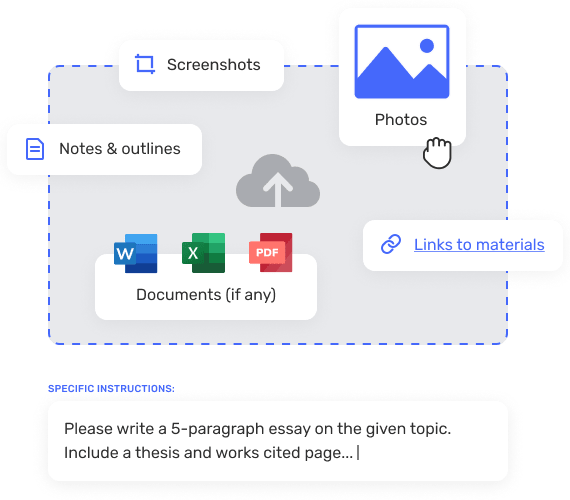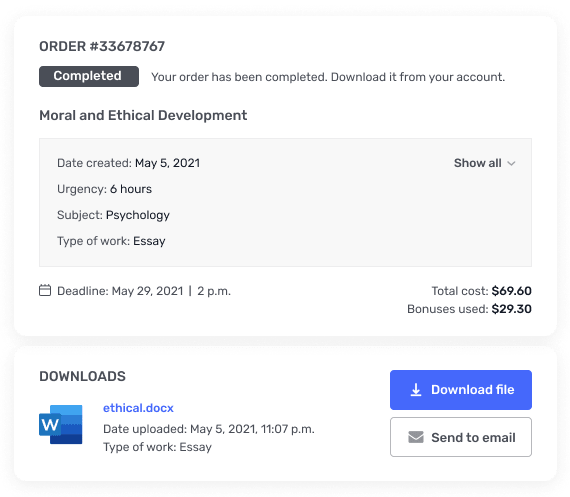Commercial banks will tend to vary their lending in a way that: (a) increases total loans to the maximum at all times
1. Commercial banks will tend to vary their lending in a way that: (a) increases total loans to the maximum at all times.(b) decreases total loans to the minimum at all times.(c) changes with the season, not over the course of the business cycle. (d) reinforces the business cycle2. The establishment of Federal deposit insurance was intended to prevent: (a) the Federal Reserve from manipulating interest rates (b) high levels of unemployment (c) stock market crashes such as the one in 1929 (d) bank panics like those that happened between 1930 to 19333. The development of the “shadow banking” system and the deregulation of bankingand finance over the last thirty years has today contributed to: (a) less concentration in the industry as many more new, start-up firms were able toenter. (b) more stability in the financial sector as big banks are able to diversify.(c) the largest financial crisis since the Great Depression (d) a smaller role for the Federal Reserve as a lender of last resort.4. To ease monetary policy to fight a recession, the Fed would: (a) increase the supply of money by buying bonds. (b) increase the supply of money by selling bonds. (c) increase the demand for money by buying bonds.(d) increase the demand for money by selling bonds.5. The Federal Reserve policy known as “Quantitative Easing” or QE is the Fed: (a) changing the target from interest rates to the quantity of money.(b) buying long-term bonds to bring down long-term interest rates. (c) increasing the quantity of money to bring down short-term interest rates. (d) making more loans to banks through the discount window so that they can lend more.6. Monetary policy is having little impact on the economy today because: (a) the Fed began to lower interest rates more than three and a half years ago, so theimpact has worn off. (b) low interest rates have caused an “asset price bubble” in stocks, so money isflowing into the stock market and not on spending on goods and services. (c) there is a “liquidity trap” where banks are not lending despite a big increase inthe supply of money. (d) the multiplier effect of monetary policy is small.7. During an economic expansion: (a) Tax revenues go up and social welfare spending also goes up. (b) Tax revenues go up and social welfare spending goes down. (c) Tax revenues go down and social welfare spending also goes down. (d) Tax revenues go down and social welfare spending goes up.8. The Federal Government had a budget surplus in 2001 but a budget deficit in 2002. This was due to the recession, the tax cut, and the increased military spending. TheChange from a budget surplus to a budget deficit was due to: (a) neither cyclical nor structural factors. (b) cyclical factors but not structural ones.(c) structural factors but not cyclical ones.(d) both cyclical and structural factors.9. The San Mateo County Community College District has a large budget surplus. Thismeans the district: (a) must cut taxes and/or raise spending to balance the budget.(b) would be able cut taxes and/or raise spending without causing a budget deficit. (c) must raise taxes and/or cut spending to balance the budget. (d) should raise taxes and cut spending to make the surplus even larger.10. The set of fiscal policies that would be most contractionary would be a(n): (a) increase in government spending and a decrease in taxes (b) decrease in government spending and an increase in taxes.(c) increase in both government spending and taxes (d) decrease in both government spending and taxes11. If Congress raises taxes to fight inflation, then this would be an example of: (a) political business cycle (b) expansionary fiscal policy (c) discretionary fiscal policy(d) automatic stabilizers at work.12. Assume that the economy was in a recession and there was a budget deficit. Then astrict requirement that the Federal government had to balance its budget: (a) would worsen the effects of the recession.(b) would have no effect on the recession.(c) would counter the effects of the recession. (d) is unnecessary since government budgets are in a surplus during recessions.13. Fiscal policy involving cutting taxes and/or raising transfers for low-incomehouseholds will have a multiplier effect on total spending that is: (a) greater than an equal dollar change in taxes or transfers for high incomehouseholds. (b) less than an equal dollar change in taxes or transfers for high incomehouseholds. (c) the same as an equal dollar change in taxes or transfers for high incomehouseholds. (d) zero, only changes in government purchases have a multiplier effect.14. Which of the following is NOT a significant cause of the U.S. public debt? (a) spending on wars(b) recessions (c) tax cuts(d) demand-pull inflation15. Interest payments on which bonds that make up the U.S. public debt is considered tobe the greatest burden on the U.S. economy? Bonds: a) owned by Americans. b) owned by the Rest of the World.c) owned by the Social Security trust fund. d) owned by the Federal Reserve bank.




